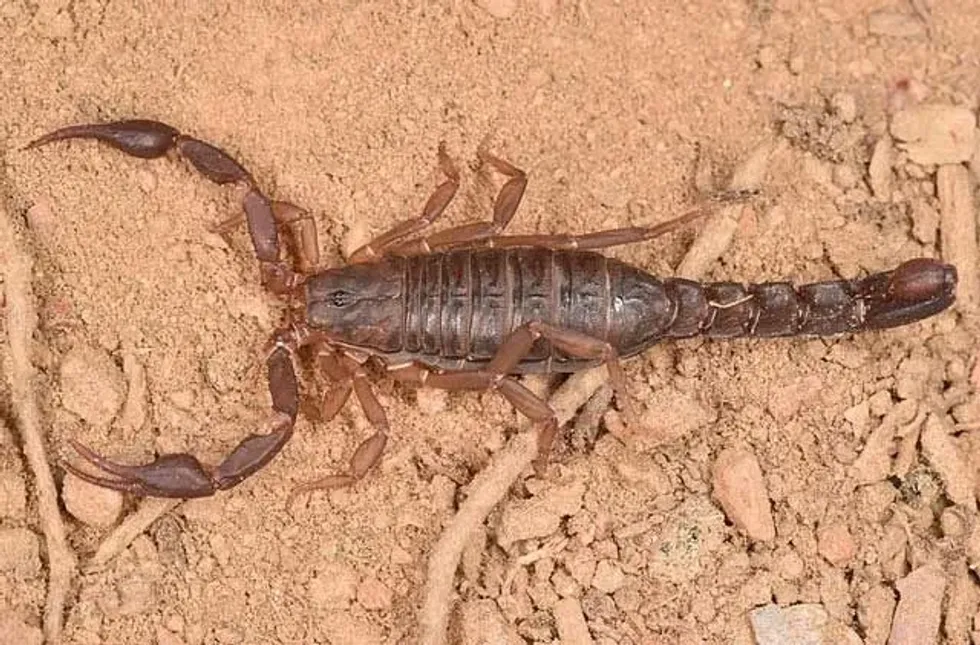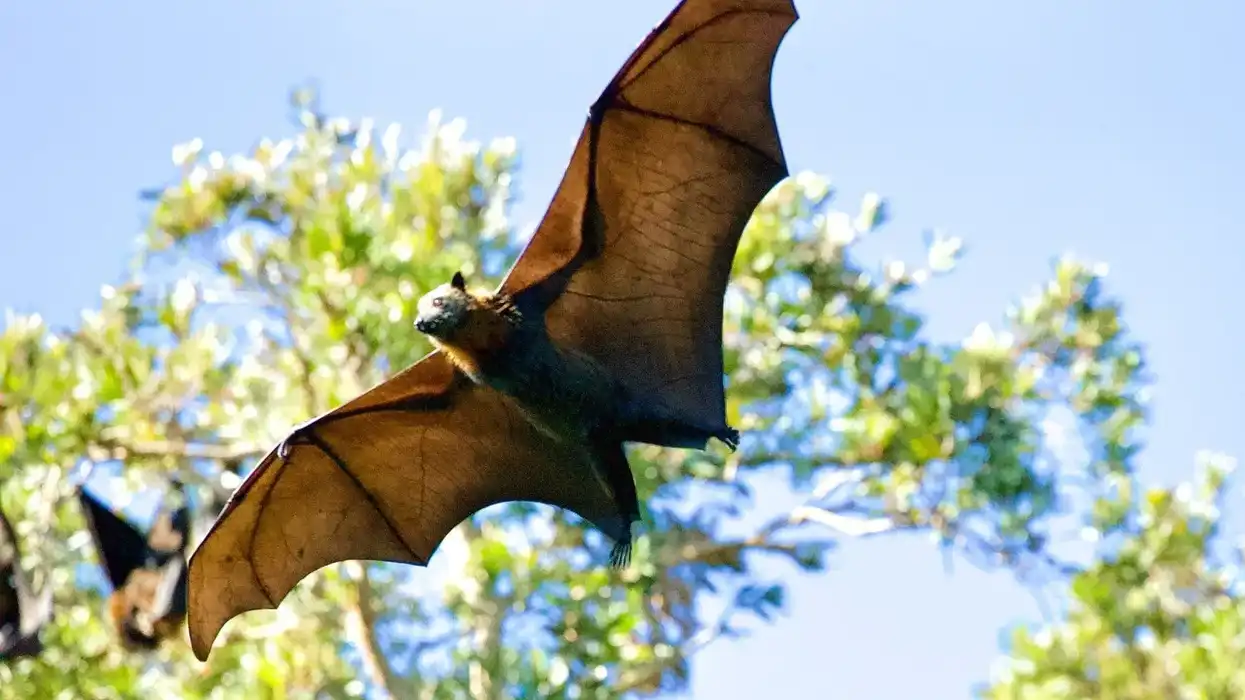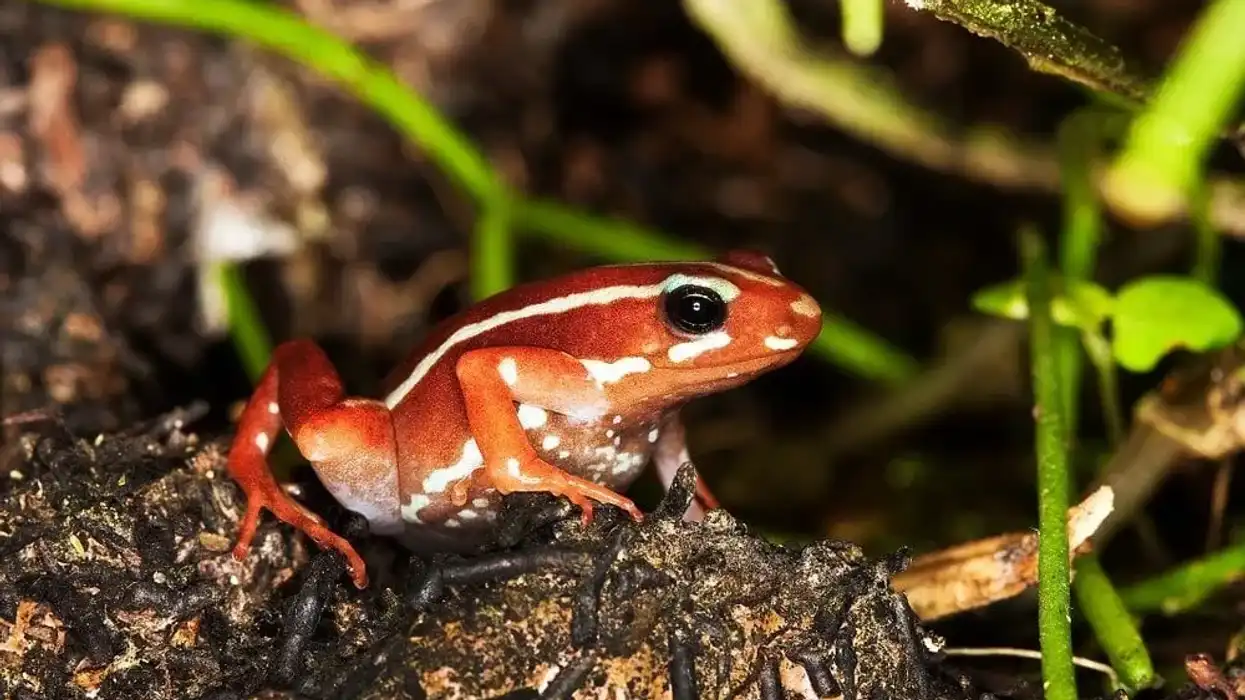Have you ever thought about why scorpions were exclusively found in the West? Consider it again.
There is a scorpion that prefers a more tropical environment than most of its relatives, the southern devil scorpion. The southern devil scorpion (Vaejovis carolinianus) is one of the few scorpions endemic to the southeastern United States.
This scorpion species is also known as the southern unstriped scorpion. Their populations can be located in significant numbers in Alabama, Tennessee, Georgia, North Carolina, and Kentucky as their preferred habitat is rocky areas alongside ponds and lakes.
Here are some interesting facts on the devil scorpion for your perusal. Afterward, do check our other articles on striped bark scorpion and emperor scorpion.
Southern Devil Scorpion Interesting Facts
What type of animal is a southern devil scorpion?
The southern devil scorpion, sometimes known as the southern unstriped scorpion, is a species of scorpion of the Vaejovidae family.
What class of animal does a southern devil scorpion belong to?
Scorpions are classified as arachnids, from class Arachnida, which implies they have eight legs, unlike insects who have only six. Alabama, Tennessee, Georgia, North Carolina, and Kentucky are the regions where their population is concentrated.
How many southern devil scorpions are there in the world?
There are about 2,000 southern devil scorpion species, but only 30 or 40 contain poison potent enough to kill a person. The many varieties of venom, on the other hand, are efficiently fitted to their users' lives and are highly selected for efficacy against that species intended prey.
Where does a southern devil scorpion live?
Southern devil scorpions prefer to live outdoors like crumbling stone and brick foundations.
These scorpions may, however, survive (and flourish) indoors in places that are moist or humid, such as bathrooms, kitchens (near the sink), or in a laundry room, especially if these desert dwellers can locate sufficient prey.
Vaejovis carolinianus is an upland scorpion that ranges from the Ohio River in northern Kentucky, USA, through the inner Coastal Plain of Alabama and, east or west, through the Fall Zone of South Carolina and Georgia to eastern Mississippi and west-central Tennessee.
What is a southern devil scorpion's habitat?
Like the striped bark scorpions, these scorpions are typically found outside behind the loose bark of trees and logs, as well as under logs and stones on the ground. These love woodpiles, crumbling stone, and brick foundations.
Who do southern devil scorpions live with?
Southern devil scorpions, like other scorpions, live alone. That is, these native scorpions live and hunt independently of other members of their species, and they do not establish cooperative couples, nests, or hives. This pest scorpion doesn't mind living with close neighbors, and if you locate one, you might be able to locate others nearby.
How long does a southern devil scorpion live?
A southern devil scorpion can live up to two years.
How do they reproduce?
The male and female grasp each other's claws and dance during mating. A few months after mating, females can give birth to 25-80 young one at a time.
What is their conservation status?
The conservation status of the southern devil scorpion has not been listed by the IUCN. It is assumed that their population is stable across their habitat.
Southern Devil Scorpion Fun Facts
What do southern devil scorpions look like?

Southern devil scorpions have a segmented body that is linked to the head in a wide manner. The head has eyes and one set of powerful pinchers (also called pedipalps).
The body is divided into two sections: a large front segment with eight legs (four pairs) and a much thinner long tail that extends from the back of the body.
How cute are they?
They are average looking but on a sunny beach when they are seen running they look cute.
How do they communicate?
Southern devil scorpions to find out who's who in an enclosure, pheromones and vibrations are used. This is still true for tiny people who aren't sexually mature. I'm not sure about the visual element because scorpions, especially those of the bigger burrowing species, have poor eyesight.
How big is a southern devil scorpion?
A southern devil scorpion is six times the length of the world’s smallest scorpion, the Caribbean Microtityus fundorai, which is 0.5 in (1.27 cm).
How fast can a southern devil scorpion move?
A southern devil scorpion can travel at speeds of up to 12 mph (19.3 kph).
How much does a southern devil scorpion weigh?
The southern devil scorpion's range of weight is around 0.3 oz (0.008 kg).
What are the male and female names of the species?
There are no specific names for male and female southern devil scorpions. They are known as males and females respectively.
What would you call a baby southern devil scorpion?
There is no specific name for a baby southern devil scorpion.
What do they eat?
Spiders and other big insects are the southern devil scorpion's natural prey. The stinger on the abdomen's tip, or tail, is used to inject poison and kill spiders.
Animals like tarantulas, lizards, and red-tailed hawks prey on scorpions as part of their diet.
Are they harmful?
The southern devil scorpion sting isn't deadly but the venom still packs a punch.
Would they make a good pet?
The southern devil scorpion is often so aggressive that they are often considered inveterate cannibals. Southern devil scorpions stinger is something that you got to be careful about as it is used by these pests to inject venom in the victim. You can get this species as a pet only after acquiring adequate knowledge on southern devil scorpion care.
Did you know...
Light-colored young scorpions are delicate and spend around four weeks on their mother's back before molting.
They next lose their exoskeleton in exchange for a larger, more robust one, and once the process is complete, they leave their mother.
They are most active at temperatures above 77 F (25 C) and are slow at lower temperatures.
How to attract southern devil scorpions
Southern devil scorpions are attracted to flies and small insects because they are their main food and prey. These pests are drawn to homes that provide food for them to consume.
Scorpions may flee if these pests cannot locate prey and their diet consists mostly of insects. Termites may also attract scorpions when these pests feed on this wood-eating insect.
Comparisons with other scorpions
The deathstalker scorpion species is one of the most dangerous and rarest species of scorpions. The species southern devil scorpion is the largest in North America and the third-largest in the world. A southern devil scorpion can be risky but can be kept at home as a pet, but the deathstalker never gives the option for that.
Here at Kidadl, we have carefully created lots of interesting family-friendly animal facts for everyone to discover! Learn more about some other arthropods from our water beetle facts and darkling beetle facts pages.
You can even occupy yourself at home by coloring in one of our Southern Devil Scorpion coloring pages.









